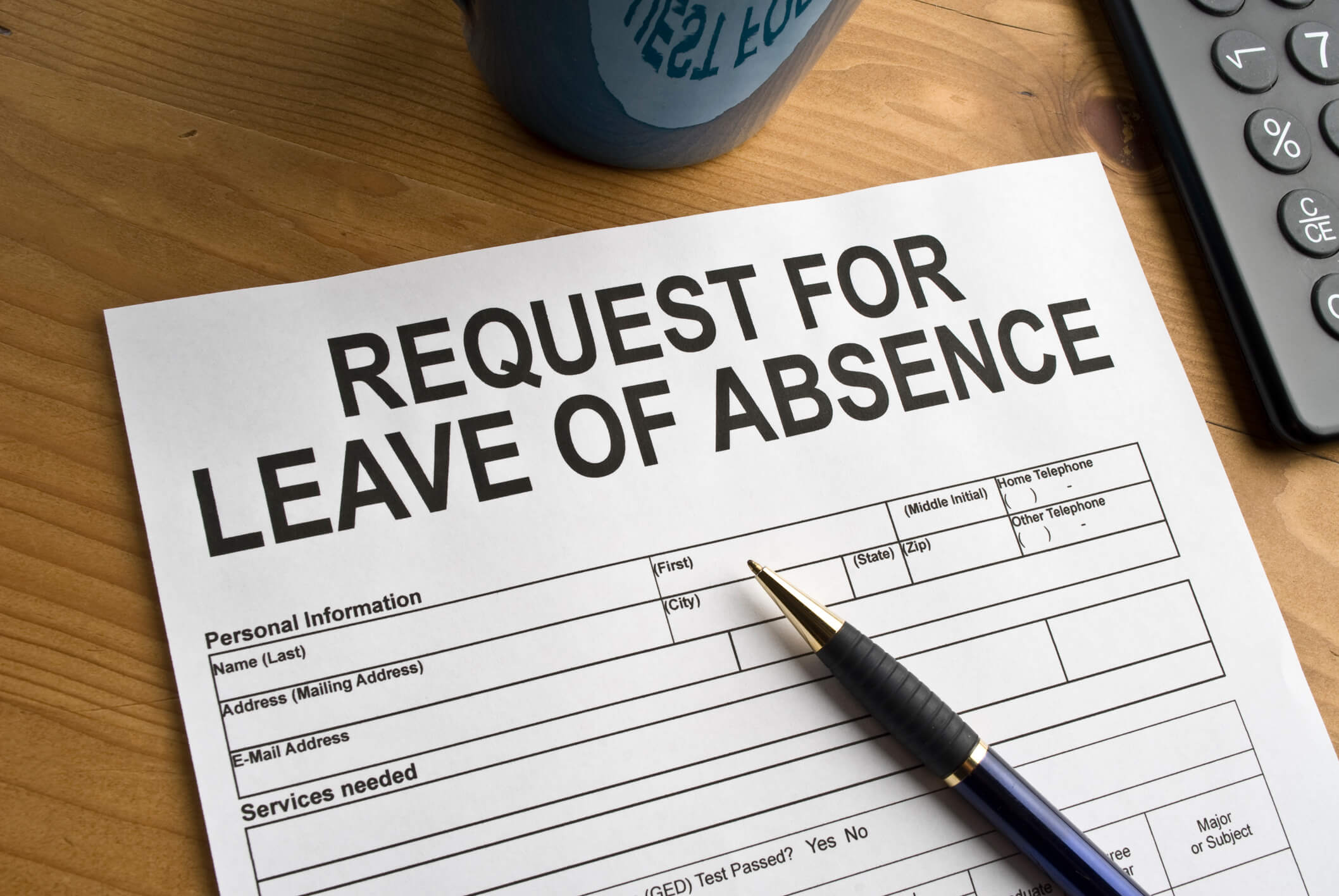Equal Employment Opportunity Commission (EEOC) guidance provides that employers violate the Americans with Disabilities Act (ADA) by enforcing inflexible policies with specified leave limits. The EEOC has filed lawsuits against many employers for discharging employees who were unable to return to work after their maximum allowable leave periods had expired. Consequently, some employers have revised or even eliminated these fixed leave policies, allowing for flexibility when an employee’s medical condition requires leave beyond the maximum allowed by company policy. However, employers’ inflexible leave policies may not be as inadvisable as previously thought. Based on a recent Tenth Circuit Court of Appeals case, Hwang v. Kansas State University, which approved a six-month maximum leave policy, such policies may now indeed be permissible.
Grace Hwang, assistant professor at Kansas State University, had contracted to teach classes for three academic terms (fall, spring, and summer). Prior to the start of the fall term, Hwang was diagnosed with cancer and the university granted her a six-month paid leave of absence while she sought treatment. As the leave came to an end, Hwang’s physician advised her to seek additional leave through the end of the spring semester. The university denied this request, citing its inflexible leave policy that allowed employees to take a maximum of six months of medical leave. Hwang alleged that the university effectively terminated her employment, and she filed suit for alleged violations of the Rehabilitation Act, which prohibits disability discrimination by entities that receive federal funds. Hwang brought claims for discrimination, failure to accommodate, retaliation, and disparate treatment. The U.S. District Court for the District of Kansas granted the university’s motion to dismiss all four claims; Hwang then appealed to the Tenth Circuit. Hwang argued that the university was required to provide her with additional leave beyond six months as a reasonable accommodation of her disability and cited language from the EEOC guidance manual to support her claim that the inflexible leave policy was inherently discriminatory:
If an employee with a disability needs additional unpaid leave as a reasonable accommodation, the employer must modify its “no-fault” leave policy to provide the employee with the additional leave, unless it can show that: (1) there is another effective accommodation that would enable the person to perform the essential functions of his/her position, or (2) granting additional leave would cause an undue hardship.
More Than Six Months’ Leave Is Not A Reasonable Accommodation
The university conceded that Hwang was qualified for her position and that her cancer qualified as a disability, but argued that it was not required to go beyond its six-month leave limit to accommodate Hwang’s condition. The court agreed, noting that because Hwang could not work for an extended period of time, she was unable to perform the essential functions of her job. “Reasonable accommodations,” the court wrote, “are all about enabling employees to work, not to not work.” Further, the court cited the EEOC guidance manual for the proposition that an employer does not have to retain an employee who cannot perform job duties for six months, as “six months is beyond a reasonable amount of time.”
According to the court, a brief absence from work for medical treatment may constitute a reasonable accommodation if the employee is still able to perform the essential functions of his or her job. However, the court commented that it would be difficult to imagine a situation in which six months of leave, during which the employee could not perform any work, would be reasonable. The court further noted that one of the purposes of the Rehabilitation Act is to provide reasonable accommodations that would allow disabled employees to work and does not require employers to provide a “safety net” for those who cannot work. The court held that there is nothing inherently discriminatory about an inflexible leave policy as long as the limit is not unreasonably short. Further, the court held that such policies can even prevent discrimination when applied consistently, as they foster employee expectations of fair, uniform treatment. Of course, if an employer’s leave policy was applied inconsistently and other employees were given more favorable treatment than disabled employees, an inference of discrimination would exist. Here, the university policy capped leave at six months for all employees, and Hwang did not allege that the university had applied the policy differently to her as compared to non-disabled individuals.
What Does This Decision Mean For Employers?
Though Hwang alleged violations of the Rehabilitation Act, courts typically analyze such claims under the same framework as claims brought under the ADA. Based on this court’s analysis, an employee’s request for more than six months of leave during which the disabled employee cannot work is not a reasonable accommodation. Therefore, this case may be helpful to employers in defending ADA claims regarding their inflexible leave policies. However, it is important to note that this case is binding only on states within the Tenth Circuit. All employers, but especially those outside the Tenth Circuit, should still be cautious in implementing or enforcing inflexible leave limit policies. These policies may be considered discriminatory if leave limits are unreasonably short, or if applied inconsistently between disabled and non-disabled employees. Lastly, employers should continue to engage in the interactive process and carefully evaluate every employee request for accommodation, including requests for extended leave, and administer their leave policies consistently.





